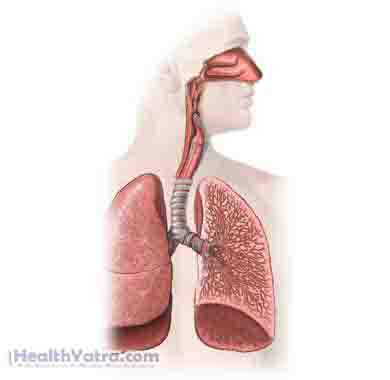تعريف
Legionnaires’ disease is a lung infection. It is a form of pneumonia. It got its name after it struck at the American Legionnaires Convention in 1976.
أسباب
This disease is caused by the bacterium Legionella pneumophilia in most cases. The bacteria are most often found in sources of standing water. It may be found in cooling towers, HVAC systems, and air conditioners.
Legionnaires’ disease can be contracted by breathing water vapor from a standing water source that contains Legionella bacteria.

The infection does not move from one person to another.
عوامل الخطر
Factors that increase your chance for Legionnaires’ disease include:
- سن متقدم
- التدخين
- مرض الرئة المزمن
- Weakened immune system (as with AIDS)
- فشل كلوي
- مرض السكري
- Taking cortisone or other immunosuppressive drugs
- Organ transplant patients
الأعراض
قد تشمل الأعراض ما يلي:
- تعب
- Fever (often high)
- Chills and muscle aches
- سعال
- الصداع
التشخيص
الطبيب سوف يسأل عن الأعراض والتاريخ الطبي. الفحص السريري سيتم القيام به.
Your doctor may need pictures of your chest. This can be done with a chest x-ray.
Your doctor may need tests of your bodily fluids. This can be done with:
- اختبارات البول
- Sputum tests
- تحاليل الدم
العلاج
This disease is usually treated with antibiotics.
If you are diagnosed with Legionnaires’ disease, follow your doctor’s instructions.
الوقاية
Proper design, maintenance, and cleaning of high-risk areas can reduce the risk of spreading the disease
